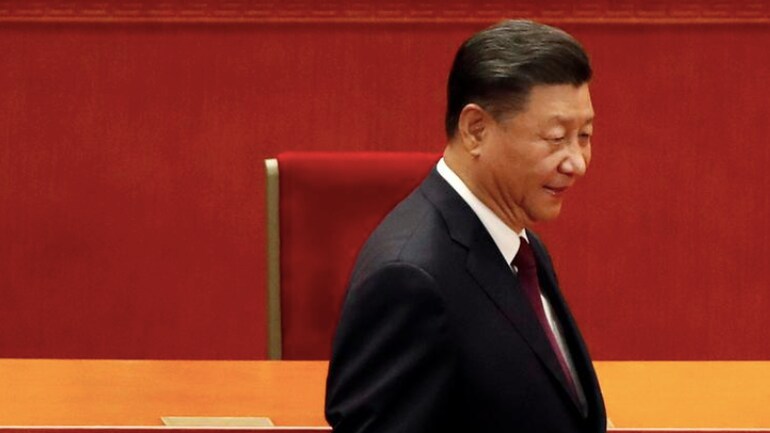
Xi Jinping’s aggressive move against India ‘flopped’ unexpectedly: Report
Chinese President Xi Jinping’s aggressive move against India has "unexpectedly flopped" after the latter's army fought back against recent PLA incursions in eastern Ladakh border region.
by India Today Web DeskChinese President Xi Jinping has risked his future with high-profile incursions into Indian territory that has “unexpectedly flopped” after a strong fightback by the Indian Army, according to a new report published on a leading US magazine.
Jinping, 67, has also been described as the “architect” of the People’s Liberation Army’s aggressive moves against India in an opinion article on the Newsweek.
“Unfortunately for Xi, he is the architect of these aggressive moves into India and his People's Liberation Army (PLA) has unexpectedly flopped. The Chinese army's failures on the Indian border will have consequences,” it said.
The article, quoted by news agency PTI, said that Xi Jinping is like to launch “another brutal purge” following the Chinese army’s failures on the Indian border.
Read | Is China plotting to stoke insurgency in Arunachal Pradesh?
"More important, the failures motivate China's aggressive ruler- who as chairman of the Party's Central Military Commission, is the leader of the People's Liberation Army (PLA) and the ruling Communist Party of China - to launch another offensive against Indian positions,” it added.
The Newsweek article also added that the recent development give Jinping an excuse to pick up the pace of replacing adversaries in thr armed forced with loyal elements.
It may be noted that tensions between India and China at the Ladakh border have been mounting since the brutal Galwan Valley clash on June 15.
The clash led to the death of several Indian Army personnel; the Chinese side also suffered casualties but refrained from sharing details.
Quoting Cleo Paskal of the Foundation for Defense of Democracies, the article highlighted that the number of Chinese killed could exceed 60.
"Indian troops fought back ferociously. Beijing won't admit the extent of the debacle,” it said.
‘Game has changed’
It added that that late last month, India carried out an offensive against China for the first time in half a century, taking back high ground the Chinese had recently grabbed.
“China's forces were surprised when Indian troops mounted their attempt to retake strategic high points. Stunned Chinese soldiers retreated,” it said.
"China's subsequent efforts to counter the Indian moves proved ineffective. At least for the moment, India's troops, in the southernmost of the three areas of conflict, are in control of territory once in Chinese hands,” the article added.
While it indicated that the PLA Ground Force could move against undefended targets, it raised doubts about how effective it is in battle.
“The Ground Force does not have a track record of success in contested situations. Its last major engagement was in 1979 when, in the effort to ‘teach Vietnam a lesson,’ the Chinese troops were repelled and humiliated by their much smaller neighbour,” the magazine noted.
“India is not giving the invaders the opportunity to improve,” the article said. The article also said that India’s troops are displacing “newfound boldness” and that the “game has changed”.
"You can say the Indians are more aggressive or more aggressively defensive, but they are in fact bolder and better. The setback in the Himalayas poses problems for Xi, which means it poses a problem for everyone else,” it added.
The article indicated that China’s highly politicised system, the setbacks in Ladakh cannot be perceived as Xi Jinping’s fault and that the leader is likely to purge elements of the military.
“PLA leaders begin to see little choice but to undertake offensive military actions to avoid becoming a victim of Xi's internal terror," said Richard Fisher of the Virginia-based International Assessment and Strategy Center.
Over the past few months, the Indian Army and the PLA have been locked in an intense standoff in multiple areas along the Line of Actual Control (LAC) in eastern Ladakh.
Recently, India and China reached an agreement to resolve their border row at a meeting between External Affairs Minister S Jaishankar and his Chinese counterpart Wang Yi in Moscow on the sidelines of the Shanghai Cooperation Organisation (SCO) meet.
The agreement included several measures like quick disengagement of troops at the border, avoiding action that could escalate tensions, adherence to all agreements and protocols on border management and steps to restore peace along the LAC.
The agreement also mentioned that the two sides should expedite work to conclude new confidence building measures to enhance peace and tranquility in border areas. However, the agreement does not have any timeframe for disengagement of troops yet.